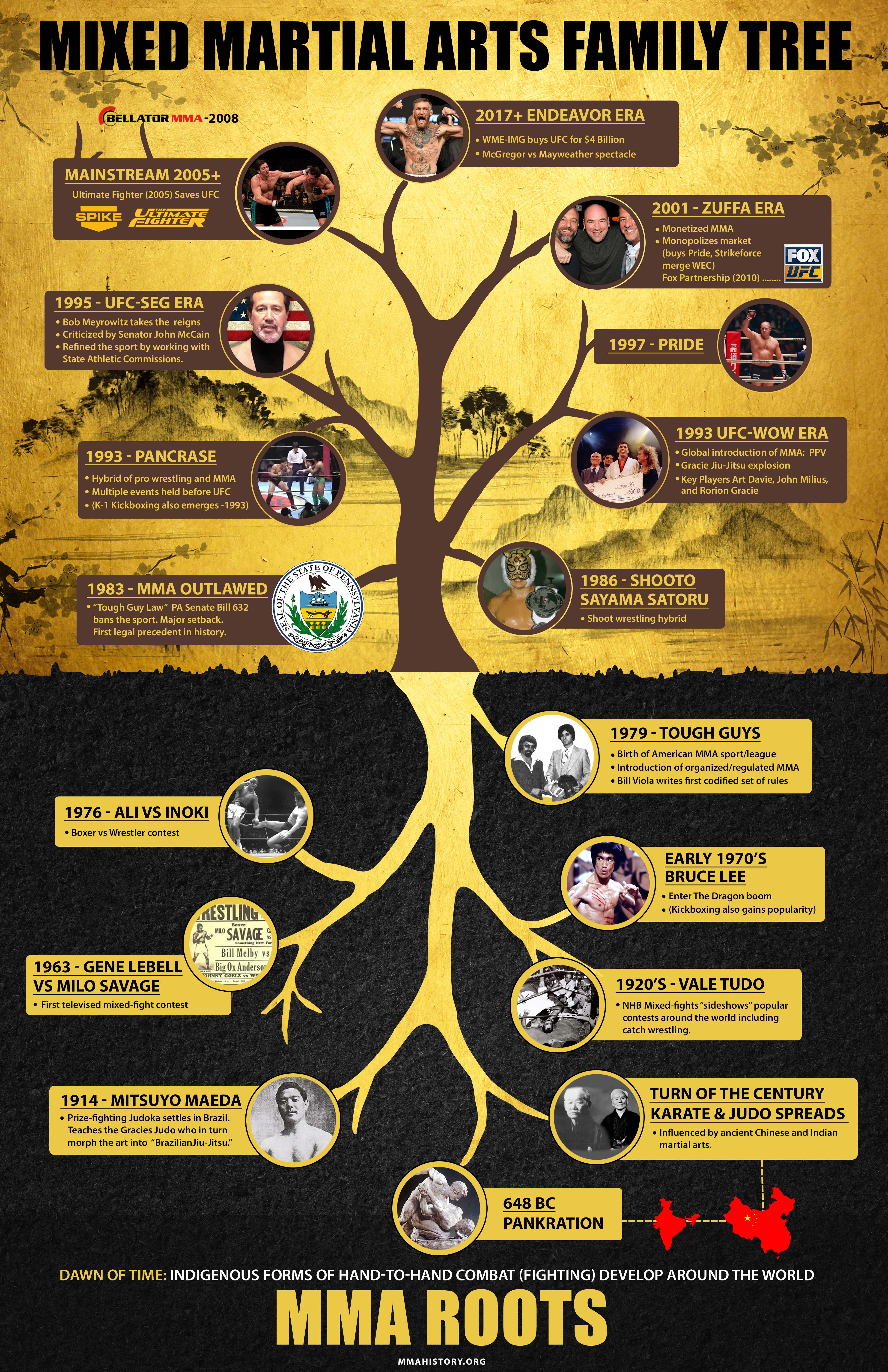Discovering The Distinctions Between Typical Martial Arts And Contemporary Fight Sports
Discovering The Distinctions Between Typical Martial Arts And Contemporary Fight Sports
Blog Article
Web Content Composed By-Bright Burch
When you consider martial arts, do you lean a lot more towards the traditional practices or the modern combat sporting activities? Each path supplies one-of-a-kind benefits and experiences, shaped by their philosophies and training approaches. Typical martial arts stress individual development and technique, while modern battle sports concentrate on competition and performance. Understanding these differences can direct you in choosing the appropriate technique for your journey. But exactly how do these distinctions manifest in training and viewpoint?
The Philosophy and Background Behind Conventional Martial arts
While lots of people link martial arts with physical fight, the philosophy and background behind standard martial arts run much deeper. You'll find that these techniques stress individual development, technique, and regard.
Originating from old techniques, traditional martial arts were usually developed for Self-Defense and spiritual growth. They embody concepts such as equilibrium, consistency, and self-constraint, guiding specialists past mere combating skills.
As you educate, you'll not only learn strategies but likewise gain insights into the society and values that shaped these arts. The rituals and traditions, often passed down through generations, foster a sense of area and belonging.
The Competitive Nature of Modern Battle Sports
Modern battle sports have actually changed the landscape of martial arts into a highly competitive arena, where athletes challenge in an examination of ability, method, and endurance.
You'll observe that competitors are frequently organized with stringent guidelines and regulations, ensuring fair play and safety. martial arts training exercises attract large audiences, fueling the enjoyment and intensity of competitions.
Professional athletes educate carefully, not just for physical prowess but also for psychological toughness, recognizing that every detail counts in the ring. The adrenaline thrill throughout competitions is apparent, as competitors push their limitations to claim success.
https://www.wkbw.com/news/local-news/wny-mma-host-free-womens-defense-classes-to-bring-empowerment-to-community and creativity involved, making modern combat sports a thrilling spectacle that continues to evolve and mesmerize fanatics around the world.
Training Methods and Techniques: A Comparative Analysis
The competitive atmosphere of modern fight sports needs innovative training techniques that vary dramatically from standard martial arts.
In contemporary training, you'll focus on details strategies, sparring, and conditioning, often using drills that simulate real fight scenarios. You'll see a focus on quantifiable performance and regular competition to assess your abilities.
On the other hand, traditional martial arts prioritize forms, katas, and philosophical teachings, often stressing discipline and regard over competitors.
https://eternal-martial-arts-and32100.spintheblog.com/35965682/by-the-end-of-this-overview-you-ll-have-all-the-info-you-require-to-select-a-martial-arts-academy-that-fits-your-needs-and-aids-you-accomplish-your-objectives is usually less extreme and may involve recurring technique rather than real-time sparring.
While both methods build ability and fitness, modern-day fight sporting activities give an extra dynamic and versatile training environment, preparing you for instant challenges in the ring or cage.
Pick the path that straightens with your goals and rate of interests.
Final thought
In picking in between conventional martial arts and modern battle sports, it really comes down to what you value the majority of. If you're looking for individual development, discipline, and a sense of neighborhood, standard arts could be your best fit. But if you flourish on competitors and real-time challenges, modern-day fight sporting activities could be the method to go. Eventually, both paths use special advantages, so it's all about straightening your training with your individual goals and passions.
